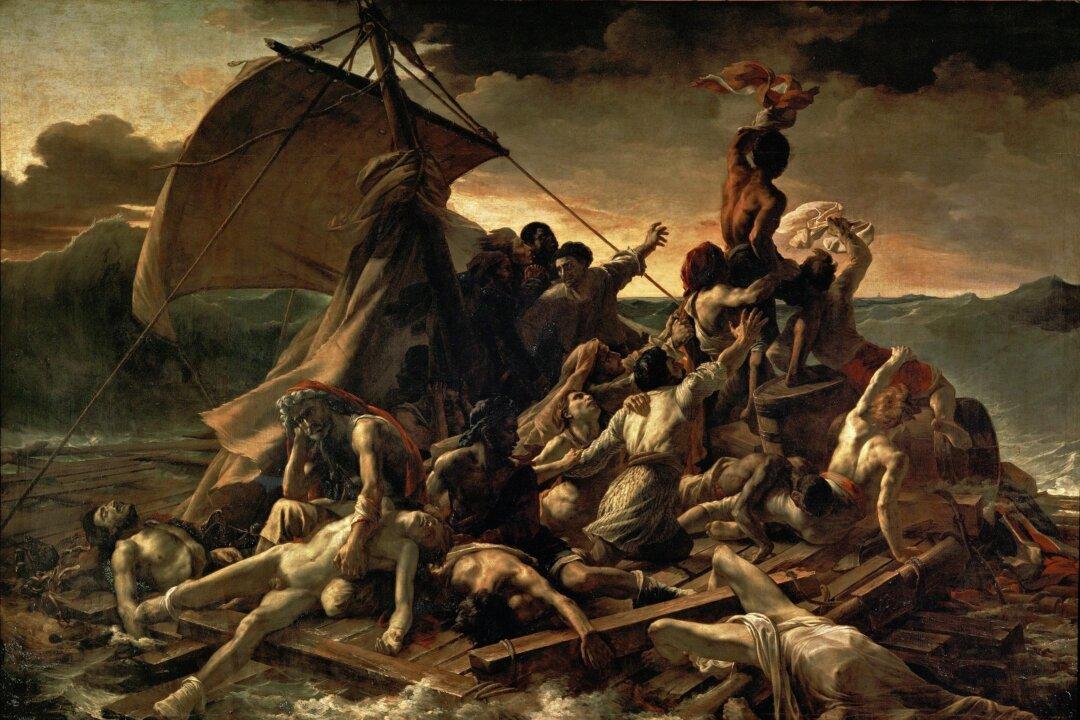During the 19th century, at the height of the Enlightenment, neoclassicists and romanticists debated the purpose of art.
The neoclassicists looked back to ancient Greece and Rome for guidance. They were concerned with reestablishing order and structure in their artistic creations. Often, neoclassical paintings, like Jacques-Louis David’s “Oath of the Horatii,” looked to accurately illustrate historical stories down to the dress and architecture.





